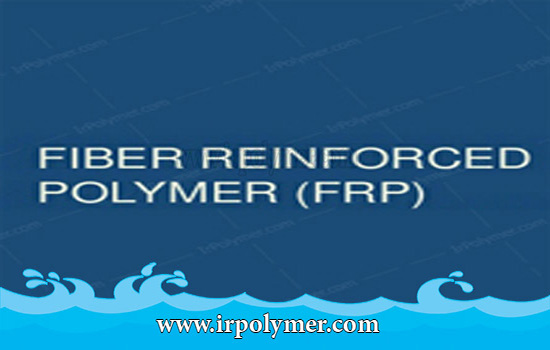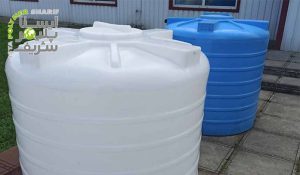Fiber Reinforced Polymers (FRP) are an advanced composite type, characterized as a solid product composed of a combination of resin, fibers, fillers, and additives with different physical properties to achieve the desired characteristics and usability. Polymer-based composites, or FRP, consist of two or more raw materials on a microscopic scale, where the polymer matrix (resins) is surrounded by reinforcing fibers. These fibers enhance strength, tensile properties, and resistance in specific directions within the matrix, providing unique and distinct properties based on the intended use.
Most composites have anisotropic properties, which optimize design and achieve unique mechanical features. Matrices: Polymers with a chain-like molecular structure consisting of one or more repeating units, categorized mainly into thermoplastic and thermosetting types. The mechanical, chemical, and thermal resistance properties of FRP composites with thermosetting matrices depend on various factors. These matrices help with the fiber resistance in the composite against environmental factors, resistance to buckling by transferring stress from surface loads to the internal fibers, and the redistribution and absorption of stress-induced loads.
By selecting the right polymer, additives, catalysts, and fillers, in addition to toughness, the matrix achieves excellent thermal and chemical resistance. Common thermosetting resin types include epoxy resins, polyester (ortho/iso), vinyl ester, and phenolic resins.






